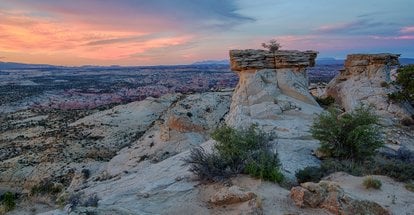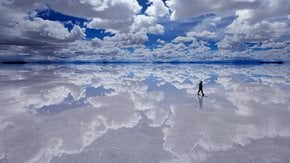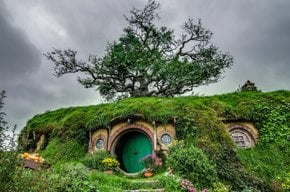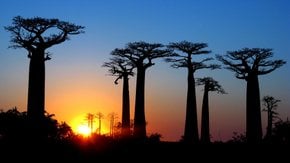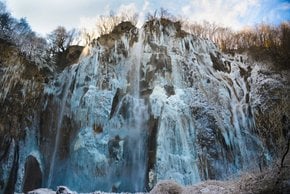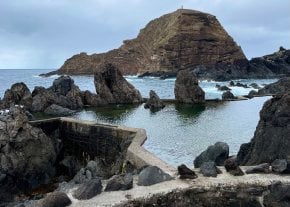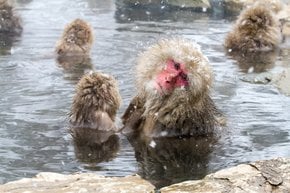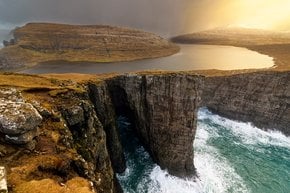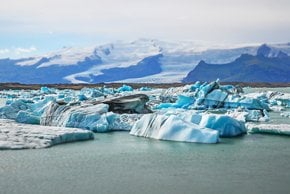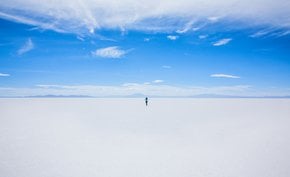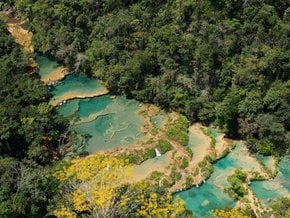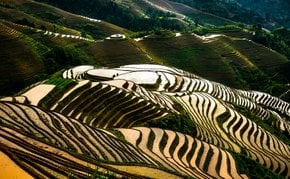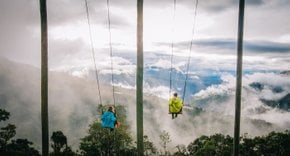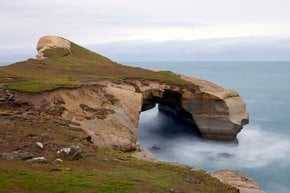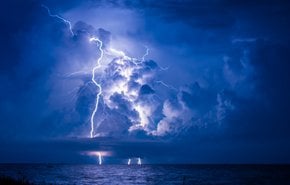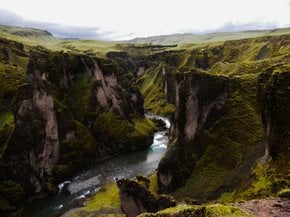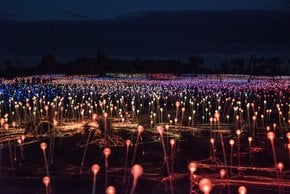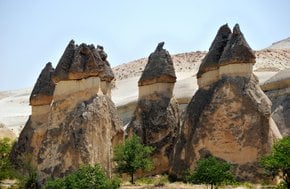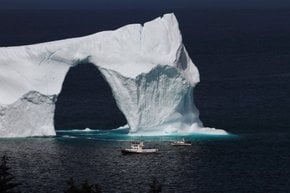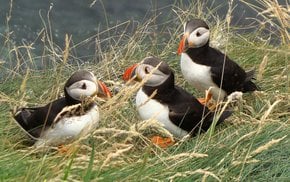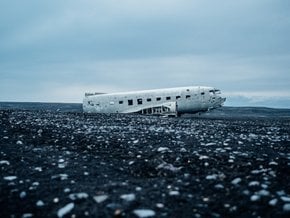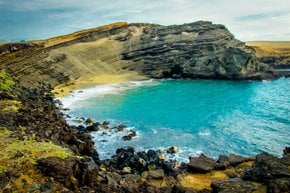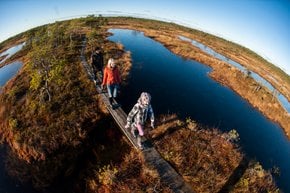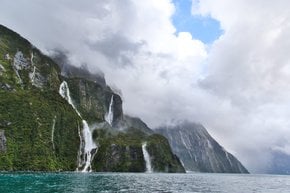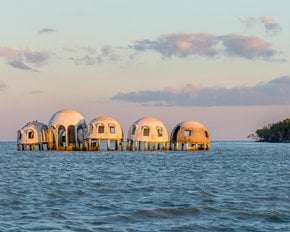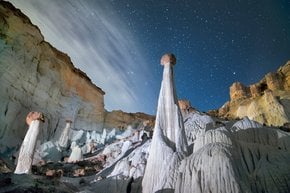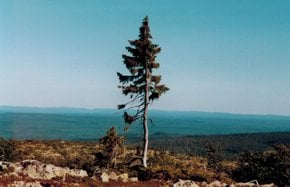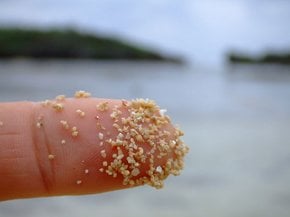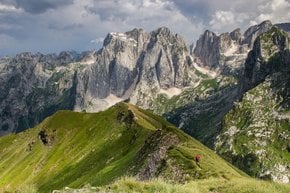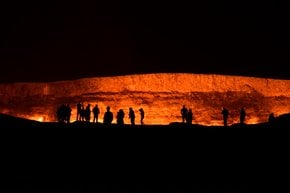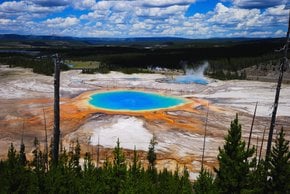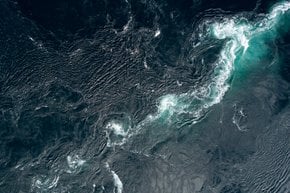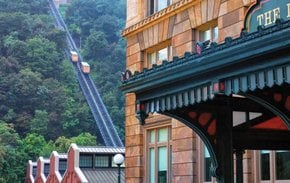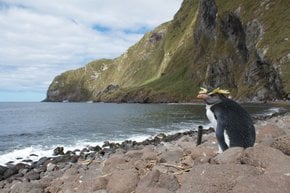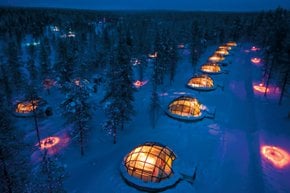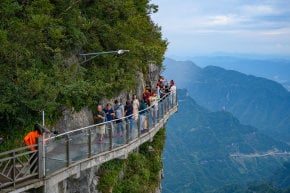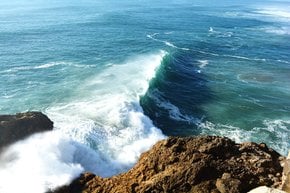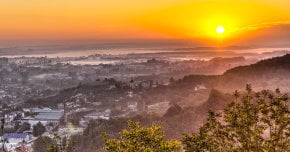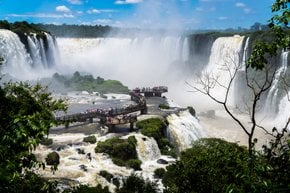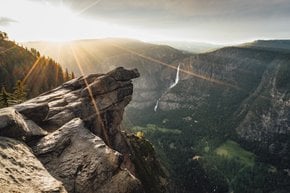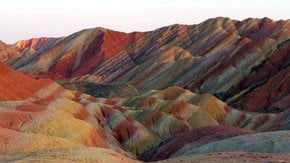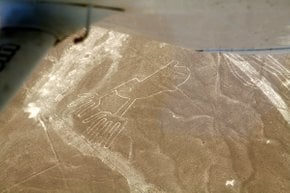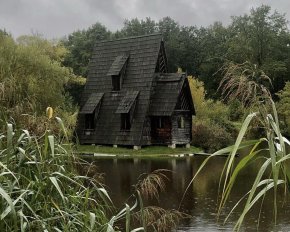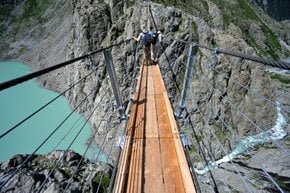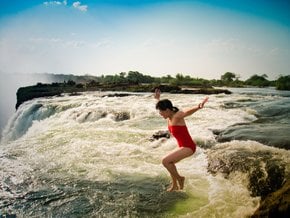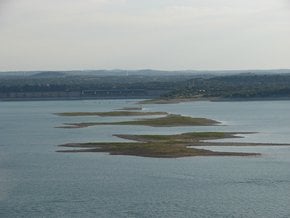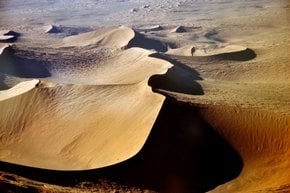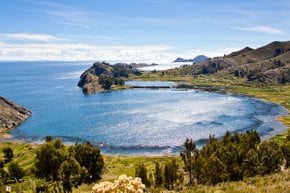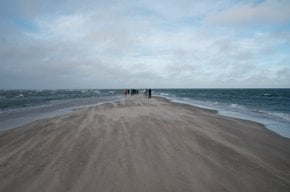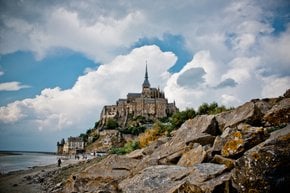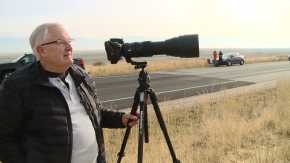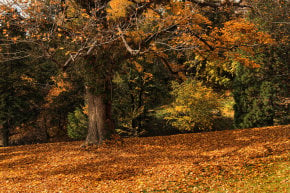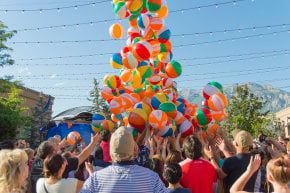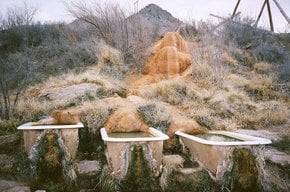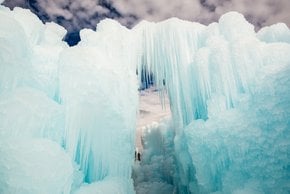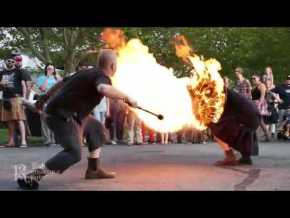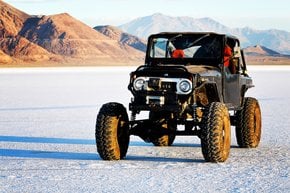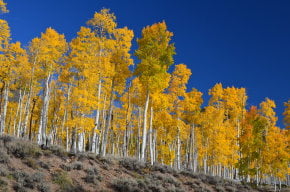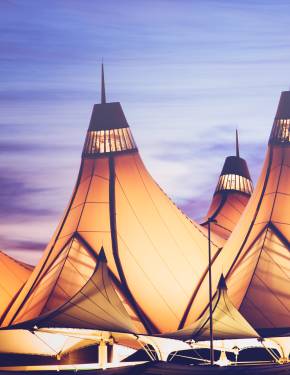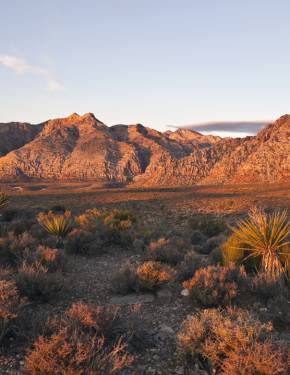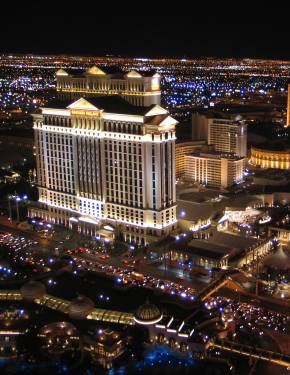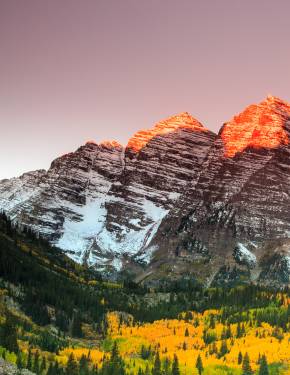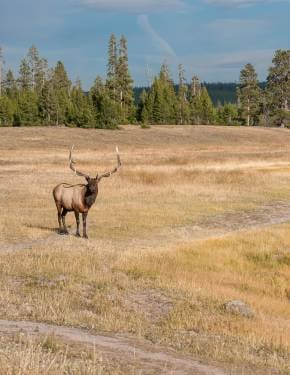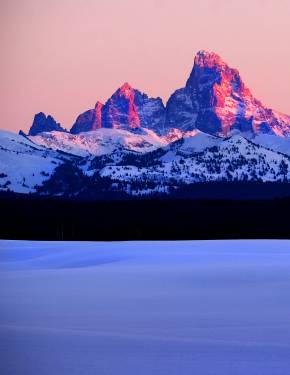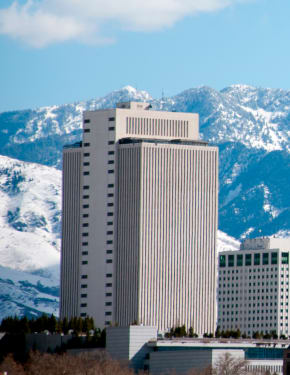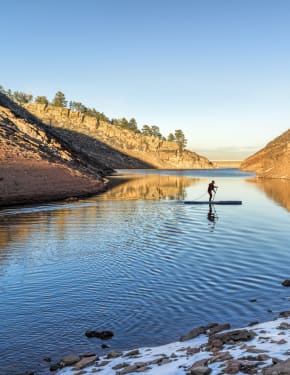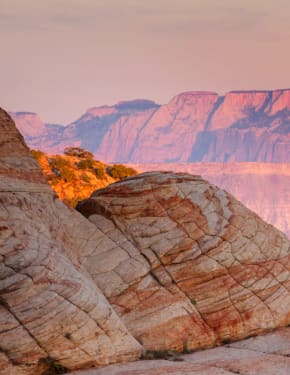Grand Staircase-Escalante National Monument in Utah 2026
Discover the eternal beauty and wilderness of the Grand Staircase Escalante National Monument
Best time: mid-April–May | September–October
Grand Staircase-Escalante National Monument in Utah is a vast, remote region featuring diverse landscapes, including canyons, arches, hills, waterfalls, and forests. Spanning nearly 150 kilometers at its widest, it stretches from Capitol Reef National Park to Johnson Canyon, with its boundaries extending from Boulder to Big Water near the Arizona border. Remarkably, the monument is larger than all of Utah’s national parks combined, making it a haven for outdoor enthusiasts.
Grand Staircase-Escalante National Monument is divided into two main regions: Grand Staircase and Escalante River Canyon, separated by the rugged Kaiparowits Plateau. The Escalante Canyons and their tributaries are particularly popular for hiking, offering stunning waterfalls, arches, oases, and narrow canyons. Trails like the Lower Calf Creek Falls Trail provide excellent opportunities for exploration. Meanwhile, the Grand Staircase area boasts a vast network of slot canyons, ideal for those seeking solitude and wilderness adventures.
Best Time to Visit
The best time to visit Grand Staircase-Escalante National Monument is mid-April to May and September to October when weather and water conditions are most favorable. Summers, despite the intense heat and occasional thunderstorms, remain popular, especially for canyoneering that involves wading through cool pools. Winters, however, are not ideal due to snow making some roads impassable, with the highest precipitation occurring between November and March.
Getting There
Grand Staircase-Escalante National Monument's westernmost section, the Grand Staircase, is accessible from several towns, including Tropic, Cannonville, and Henrieville, which are near Kodachrome Basin State Park along Scenic Byway 12 (Highway 12). Alternatively, travelers can access it via Kanab or Big Water on U.S. Route 89. Visitors to this region can combine trips to nearby Lake Powell through Wahweap Marina with a visit to the Big Water Visitor Center, which showcases exhibits on the area's rich paleontological history.
Camping & Accommodation
The Grand Staircase-Escalante National Monument offers exceptional camping experiences. Backcountry camping is allowed throughout the monument, offering solitude and stargazing opportunities. Campers must use previously impacted sites if they are not designated camping areas and avoid camping near trailheads, springs, streams, or corrals. Free overnight permits are required for backcountry car camping and can be obtained at visitor centers or trailheads. The southwest region near Grand Staircase-Escalante offers a variety of lodging options, with Kanab providing the most extensive selection of hotels, motels, and lodges.
Hiking
The Grand Staircase-Escalante National Monument offers several family-friendly hiking trails that highlight the region's distinct geological features. "The Toadstools" (1.5 miles round trip) features rock formations resembling mushrooms, while "Willis Creek Narrows" (up to 4.8 miles) takes hikers through narrow canyon corridors. The "Panorama Trail" (5.4 miles) in Kodachrome Basin State Park includes sandstone spires and ridges. For a longer trek, "Lower Calf Creek Falls" (6.2 miles) leads to a 126-foot waterfall and a shaded area near a stream. These trails provide accessible options for exploring the unique landscapes of southern Utah.
Scenic Drives
Grand Staircase-Escalante National Monument offers stunning scenic drives through its remote landscapes. Popular routes include Hole-in-the-Rock Road, leading to Peek-a-Boo and Spooky Gulch; Cottonwood Canyon Road, connecting Scenic Byway 12 to Highway 89 with highlights like Grosvenor Arch; and the Burr Trail Scenic Backway, extending from Boulder to Bullfrog Marina through diverse terrains. While most trailheads are accessible by 2WD in dry weather, 4WD is advised for more rugged areas. Check road conditions before traveling and carry extra water for safety.

